Solutions
Horse Construction offers full range of structural strengthening materials with technical supports, documentation supports, products supports, project supports.
Optimization Of Concrete Structural Strengthening Schemes
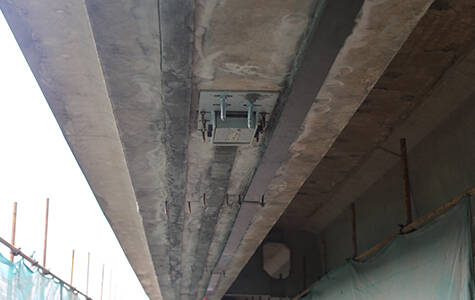
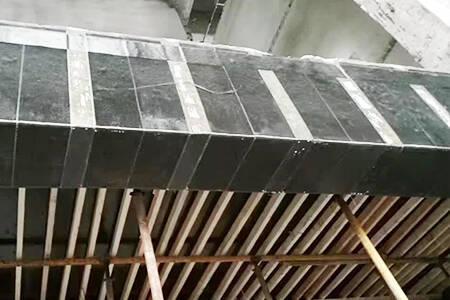
With the continuous advancement of science and technology, the application of new technologies, new materials, and new techniques for structural reinforcement methods, such as chemical grouting, bonded steel anchoring, and carbon fiber strengthening methods, emerged as the times require, and began to be widely used in various reinforcement projects . Which specific plan best reflects the short, flat, fast, and economical characteristics required by the reinforcement project, and the reinforcement plan should be comprehensively determined according to the conditions of the components to be reinforced.
1 Enlarged section reinforcement method
Enlarging the section reinforcement method can increase the effective height of the section and expand the section area; thereby improving the bending resistance of the front section, the shear resistance of the oblique section and the section stiffness of the component, and play the role of reinforcement. Within the scope of the matter, the bearing capacity of the normal section of the concrete bending member increases with the increase of area and strength. When the reinforcement ratio of the front section of the original member is not too high, increasing the area of the main reinforcement can effectively improve the flexural bearing capacity of the front section of the original member. Adding cast-in-place concrete sheathing in the tension zone of the cross-section increases the cross-section of the component. By working together with the original component, the newly added part can effectively increase the bearing capacity of the component and improve the normal performance.
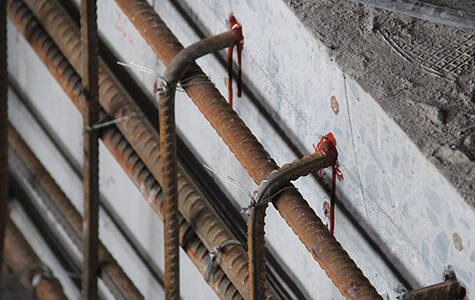
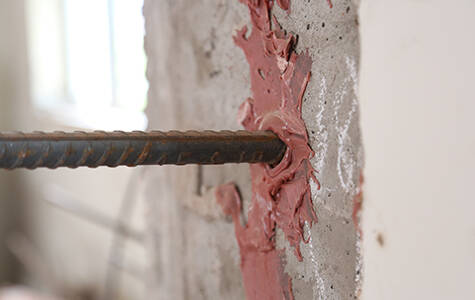
The enlarged section reinforcement method has simple construction technology, strong adaptability, and mature design and construction experience. It is suitable for concrete reinforcement of beams, slabs, columns, walls and general structures. However, the wet work on site construction takes a long time, which will have a certain impact on production and life, and the headroom of the reinforced building will be reduced to a certain extent.
2 Reinforcement method with pasted outer profile steel
The outer steel reinforcement is to wrap the section steel movable steel plate on the outside of the reinforced member. The outer section steel reinforcement of the reinforced concrete beam should generally adopt the wet outsourcing method, that is, use the epoxy resin chemical grouting method to bond the section steel and the reinforced member into a whole. After reinforcement, the cross-sectional area of the steel under tension and compression is greatly increased, so the front section bearing capacity and section stiffness are greatly improved.
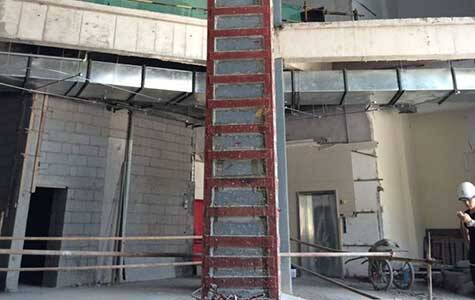
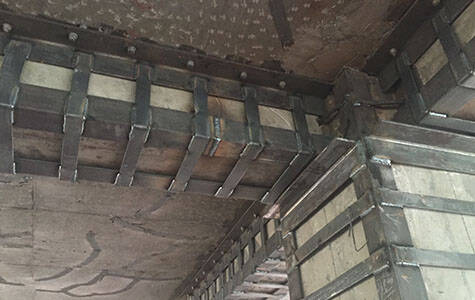
This method is also called wet-clad steel reinforcement method, which is reliable in force, convenient in construction, and has a small on-site workload, but uses a large amount of steel, and is not suitable for use in high-temperature places above 60°C without protection. During construction, the surface of the processed angle steel and concrete should be smeared with latex grout or epoxy chemical grouting material. The steel plate is derusted, the concrete is dusted, and the surface of the steel plate and concrete is cleaned with acetone or xylene, and then glued and poured. This method is suitable for reinforcement of concrete structures that do not allow a significant increase in the cross-sectional size of the original member, but require a significant increase in its bearing capacity.
3 Sticking steel reinforcement method
Reinforced concrete flexural members are reinforced with external steel by sticking steel plates on the surface of the section with insufficient bearing capacity, which can increase the bearing capacity of the reinforced member and facilitate construction.
This method of construction is relatively simple. But first, attention needs to be paid to the surface treatment of concrete and steel plates. For the bonding surface of the old and severely dirty concrete components, first use a stiff brush to moisten the high-efficiency detergent, brush off the surface oily dirt and then rinse with water, and then polish the bonding surface to remove the 2~3ram thick surface layer to make Make it level, remove the dust, and then wipe the surface with acetone. The surface treatment of the steel plate should be polished with sandblasting, emery cloth, and grinder according to its corrosion condition to make the steel plate appear metallic. The sanding pattern should be as perpendicular to the force direction as possible, and then wipe it clean with acetone. Adhesives must be prepared in strict accordance with the ratio required by the instructions, especially the amount of curing agent must be mastered. Stir evenly, and at the same time, ensure that the paste surface is full and dense when pasting. Finally, it should be noted that there should be no disturbance to the steel plate during the curing stage.
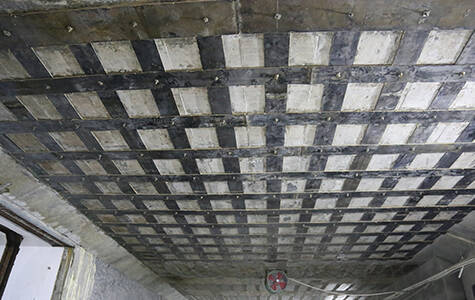
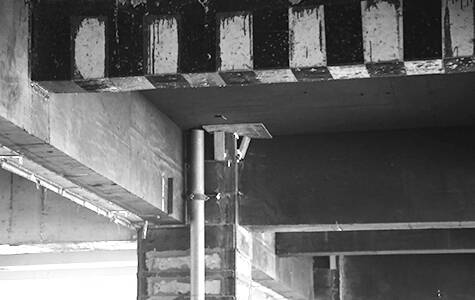
This method has fast construction, no wet work on site or only level. It is suitable for small amount of wet work such as plastering, with little impact on production and life. And after reinforcement, it has no significant effect on the appearance of the original structure and the original clearance, but the reinforcement effect depends to a large extent on the reinforcement of the bending or tension members that are statically acted by the glue and operating water and are in a normal humidity environment.
4 Sticking fiber reinforced plastic(FRP) reinforcement method
Externally attached fiber reinforcement is to use a cement material to attach the fiber-reinforced composite material to the tension area of the reinforced component to make it work together with the reinforced section to achieve the purpose of improving the bearing capacity of the component.
In addition to the similar advantages of pasting steel plates, it also has the advantages of corrosion resistance, moisture resistance, almost no increase in structural weight, durability, and low maintenance costs. However, it requires special anti-inflammatory treatment and is suitable for concrete with various stress properties. Structural components and general structures.
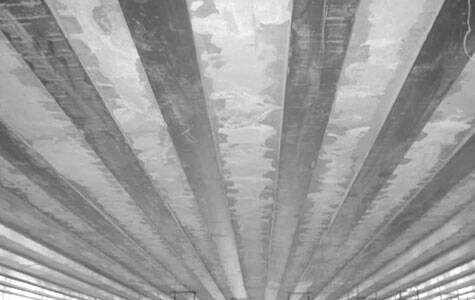
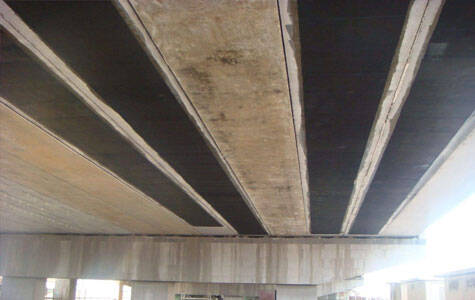
Taking the reinforcement of frame beams as an example, the author believes that the more reasonable, economical, and technologically advanced reinforcement schemes are the bonded steel anchor method and carbon fiber reinforcement method. The former has low cost, simple construction, small space occupation, and better reinforcement effect, which is obviously better than the enlarged section method and the prestressed reinforcement method. In addition to the high cost of materials, the latter has various advantages. Mainly manifested in the light weight, the skid material itself hardly increases the weight. High strength, the strength of carbon fiber after curing is as high as ten times that of steel. The labor intensity is small, and only one or two people are required to operate a working surface. The construction period is short, and each skilled worker can complete about 200-400 square meters per day.
The selection of reinforcement projects must be targeted, and corresponding reinforcement measures should be taken for different reinforcement projects. The plan needs to reflect the scientific and advanced nature of its technology while performing price, performance, and quality ratios. Such a reinforcement plan is an excellent reinforcement plan. An excellent reinforcement project plan must reflect its feasibility, scientificity, and advancement in methods. The author believes that chemical reinforcement is the most advanced method of choice in current reinforcement projects. As we all know, the reinforcement methods used in some reinforcement projects require a lot of manpower, material resources and time, and can no longer meet the current quality, time, safety, and economic requirements of reinforcement projects. The chemical reinforcement method has become the preferred solution in reinforcement engineering with its obvious advantages. From the current point of view, these concrete structure reinforcement technologies have yet to be further explored in practice. With the continuous advancement of building science and technology, new building materials continue to appear, and better reinforcement construction methods will be expanded. Therefore, the range of options for reinforcement construction plans will also be wider.
You can find anything here you are in need of, have a trust trying on these products, you will find the big difference after that.

High strength, unidirectional carbon fiber wrap pre-saturated to form a carbon fiber reinforced polymer (CFRP) wrap used to strengthen structural concrete elements.

Two-component epoxy modified epoxy structural strengthening adhesive for bonded steel plate to concrete
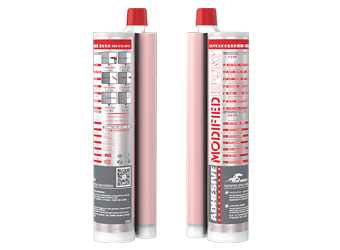
Two-components modified epoxy resin adhesive, with high quality plastic tube, double cartridge package for anchoring